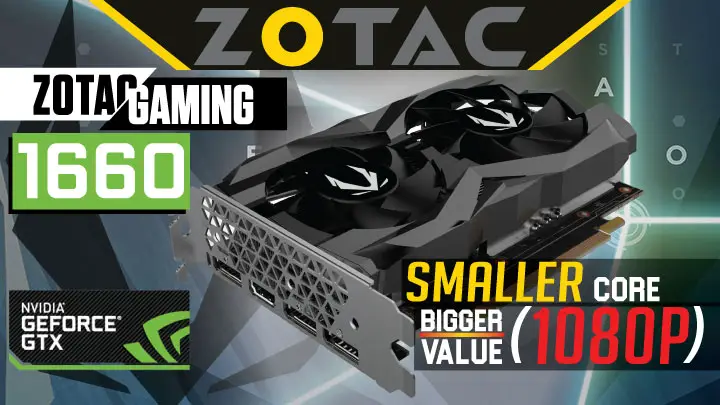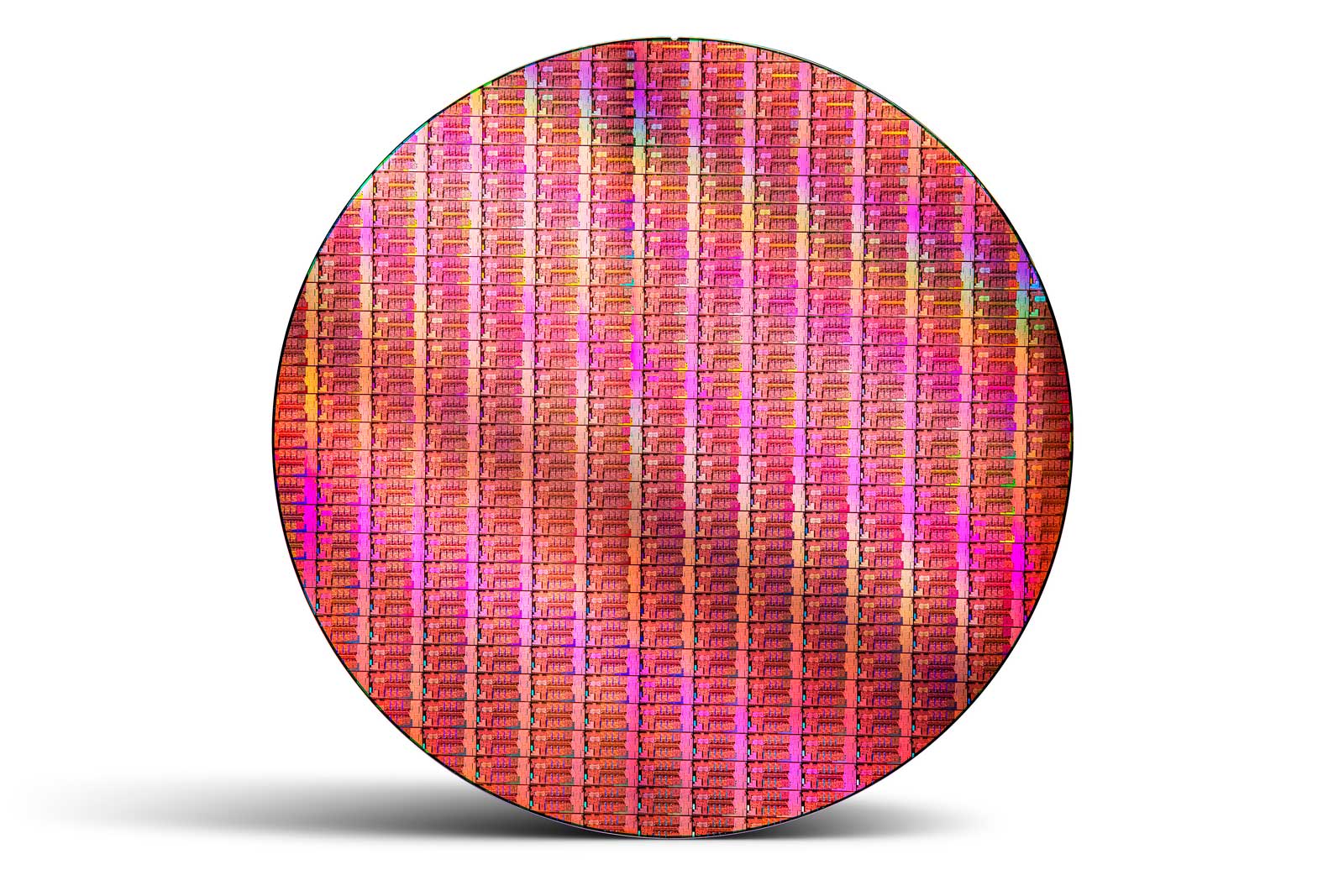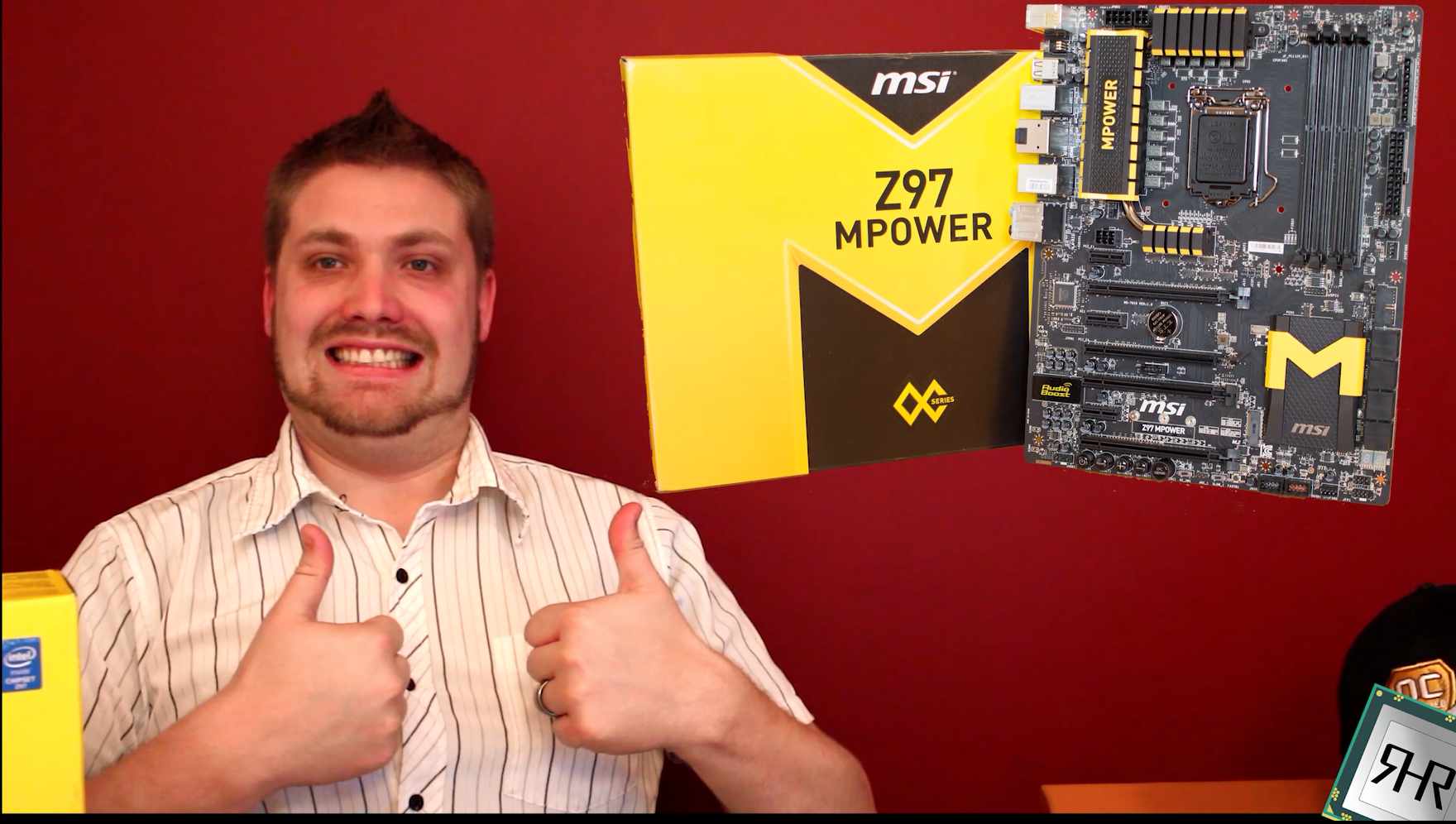


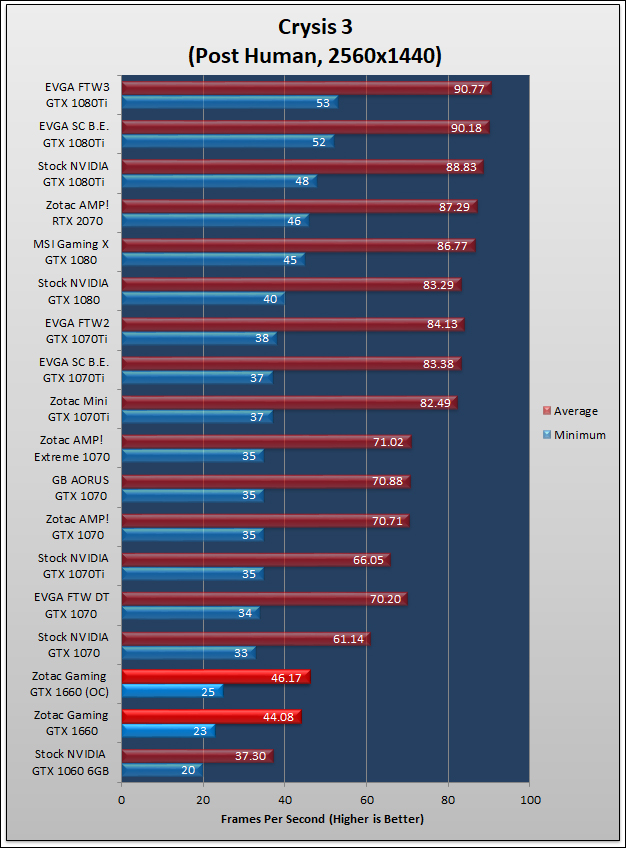
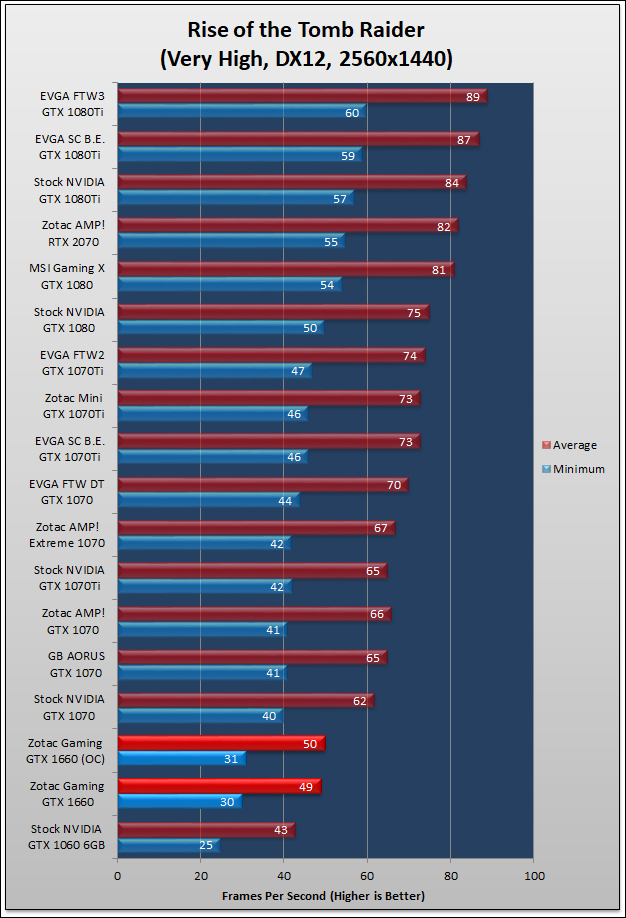
Let’s be blunt. No one should be buying the new 1600-series for its overclocking prowess. NVIDIA has this ‘new’ generation of GTX cards locked down, and locked down hard. That is not all that unexpected as they are meant for the value end of the spectrum and really do not want any GTX 1600 card to compete with their new and shiny RTX technology. This is why the SLI connector is also MIA. They just do not want the competition.
So with all the limitations NVIDIA has decreed – and Zotac has bowed to – we were able to dial things up a smidgen and got an average of 165 extra MHz on the average boost frequency. Put another way this particular sample of the Zotac GAMING GTX 1660 went from a ‘standard’ boost of 1785MHz to 1950Mhz. That is not all that bad when you think about how inexpensive this card really is… but if you are a mad modder you could probably unlock even more. Just expect your warranty to go poof along with your sanity.
On the positive side we did dial the GDDR5 RAM from an (effective) frequency rate of 8000MHz to 8600MHz. IE we increased the bus bandwidth from 192 to 206.4GBs. This certainly is a lot lower than what we were able to obtain from GTX 1070 and 70Tis, but this is a lower priced card. With time we probably can get more, but for the time being that was what we found to be entirely stable given the time limitations we were working under.
As you can see in the above charts, this combination results in rather… mediocre improvements. So much so that we probably would not even bother. Instead of wasting time trying to eek more out of it, we recommend enjoying what you get ‘out of the box’. If you really need more performance, we would recommend opting for a more expensive video card.
We do feel we need to point out one more thing. That is of course noise. This card is dead silent. Even when overclocked it never goes above a whisper. This is because it uses the same cooling solution that was designed around the GTX 1660Ti and its hotter running core. This over-powered custom cooling solution really opens up the possibilities and this little card – OC’ed or not – would make for one potent little HTPC card.
